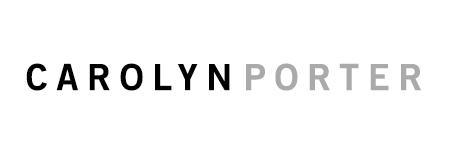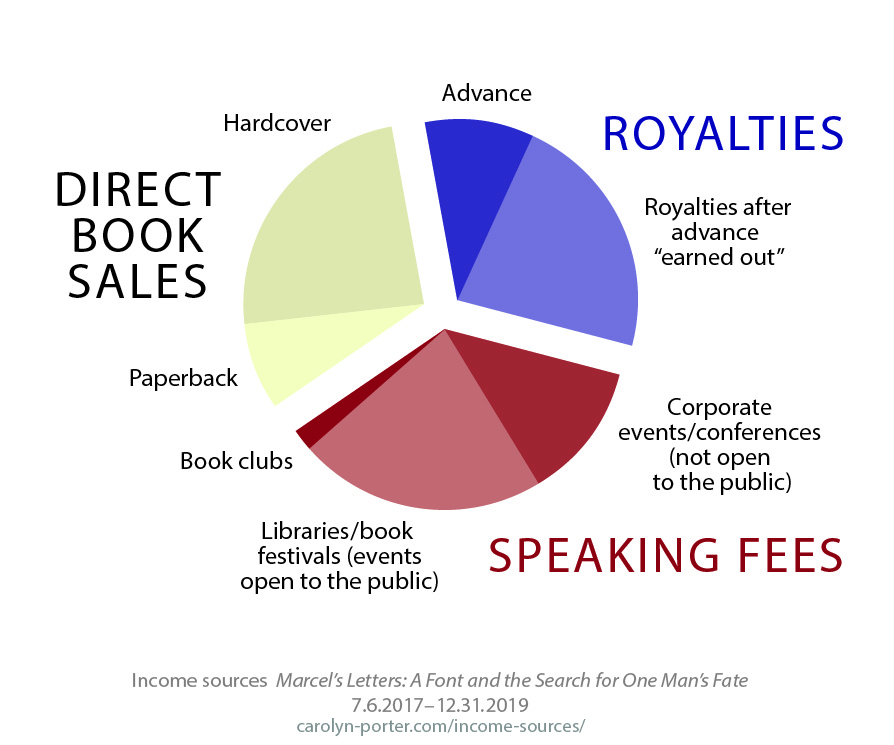Book income analysis
Let me start by noting the primary motive for publishing Marcel’s Letters: A Font and the Search for One Man’s Fate was not to make money—it was to tell the story of the design of the typeface and share the contents of Marcel’s incredible love letters.
That being said, I didn’t seek to lose money in the process either.
From a financial aspect, if you weigh the professional fees I paid to my developmental editor (totally worth it!), my publicist (totally worth it!), and book launch and marketing expenses (worth it? maybe) against total book-related income, I break even. But not by much. But that doesn’t take into account all legal, research, or translation costs. With those included in the tally, it’s a toss up whether I still break even. (…Let’s not even talk about the time it took to write the book.)
That might come as a huge surprise to people who believe authors publish a book then lean back and start cashing checks. But it won’t be a surprise to other authors.
I acknowledge I wrote this book from a place of privilege. I have a full-time job, so I had (and have) a separate primary income. And we’re a two-income household. So, whether the book was a success or not did not impact our ability to buy groceries or pay the mortgage. I’m grateful Aaron understood my deep-seated need to share this story regardless of whether or not the book was profitable.
Over the last two and a half years I’ve been busy giving talks and presentations and I had a hunch income from those events outweighed income from publishing royalties. But, I didn’t know for sure because I had never tallied up numbers. The economics of publishing fascinate me, so I finally did the math. My hunch was right: speaking fees outweighed royalties—by $900 or so. The graph below shows the breakdown of income categories: direct book sales, royalties, and speaking fees. (It’s hard enough as an author not to compare your book’s performance with someone else’s performance so I withheld specific numbers from the pie chart. The point of this blog is to share what I learned about the sources of income.)
So, what did I learn by crunching these numbers?
1. I was surprised direct book sales (31.6%), speaking fees (36.2%), and book royalties (32.2%) were relatively equal.
2. This confirmed how important it was to get out and do events, since speaking fees and direct book sales accounted for 2/3 of all income. If I had solely expected royalties to cover expenses, I’d still be under water. W-a-y under water.
3. To be honest, I’m disappointed book royalties aren’t a larger piece of the overall pie. But I speculate that is a reflection of the publishing industry as much as anything.
Notes
1. I never charged book clubs to meet with them, but several generous book clubs gave me cash or gift certificates as a thank you. There was even one book club, comprised of sweet old white-haired ladies, who gave me an envelope with several five dollar bills.
2. I’ve wrapped up talks, presentations, and visits with book clubs, so that wedge of the pie won’t grow any larger. As time goes on, the royalties should continue to grow.
What do you think about this information. Is any of this a surprise to you?
Want to read another behind-the-scenes blog on what I’ve learned about book marketing?
Click here.

